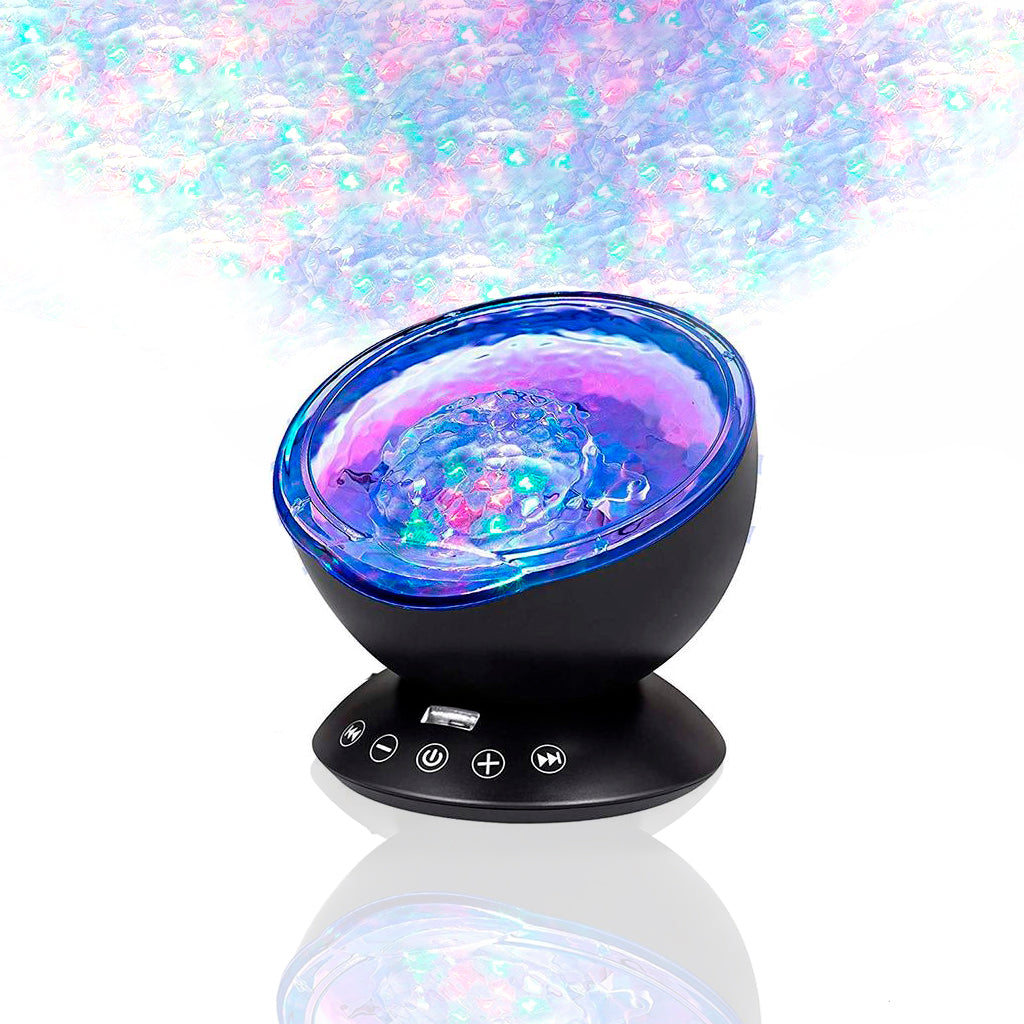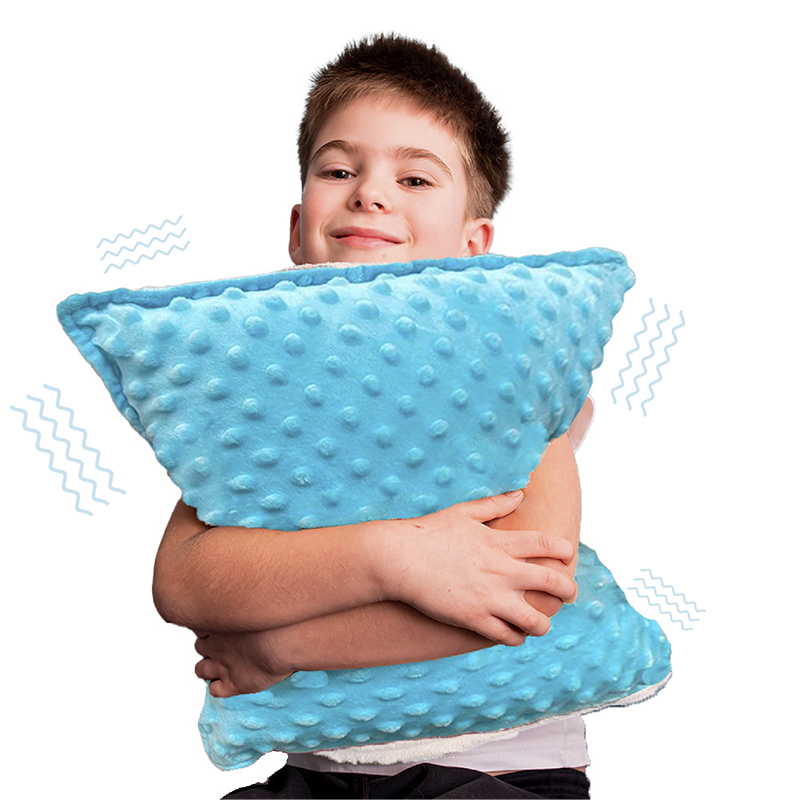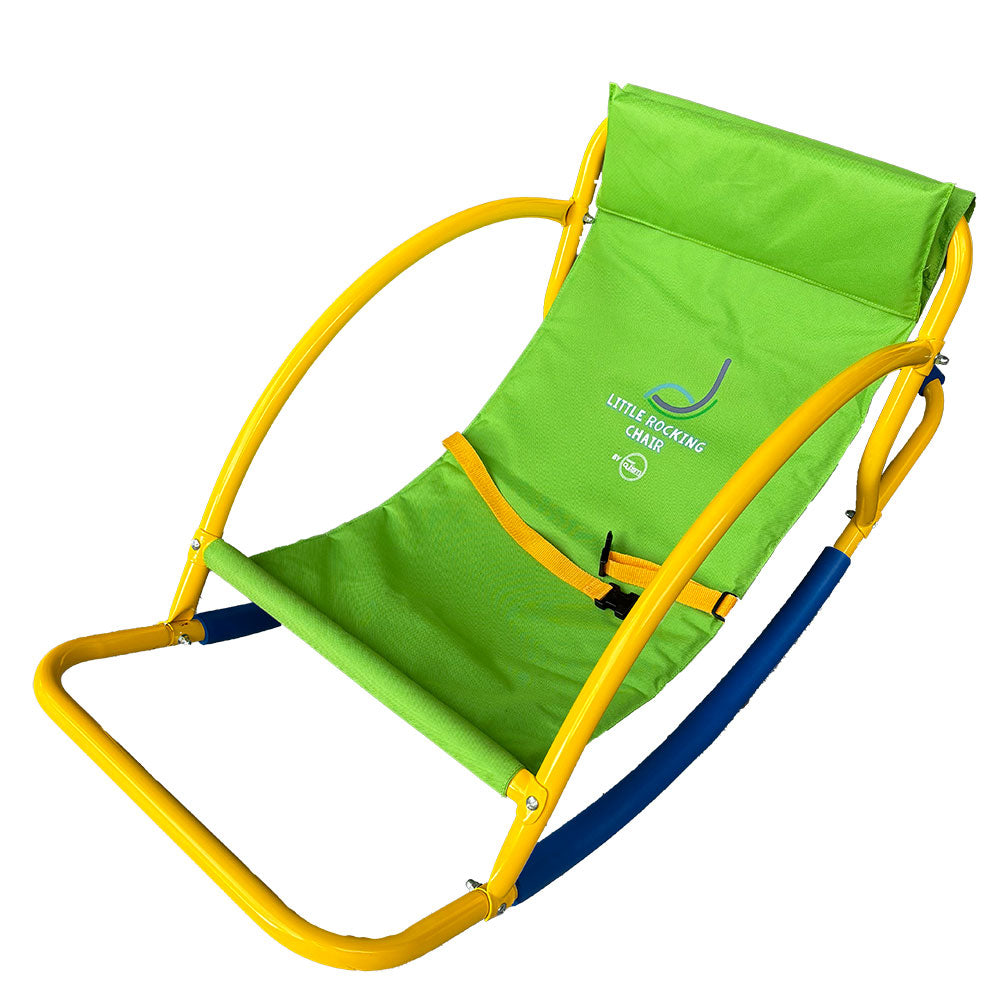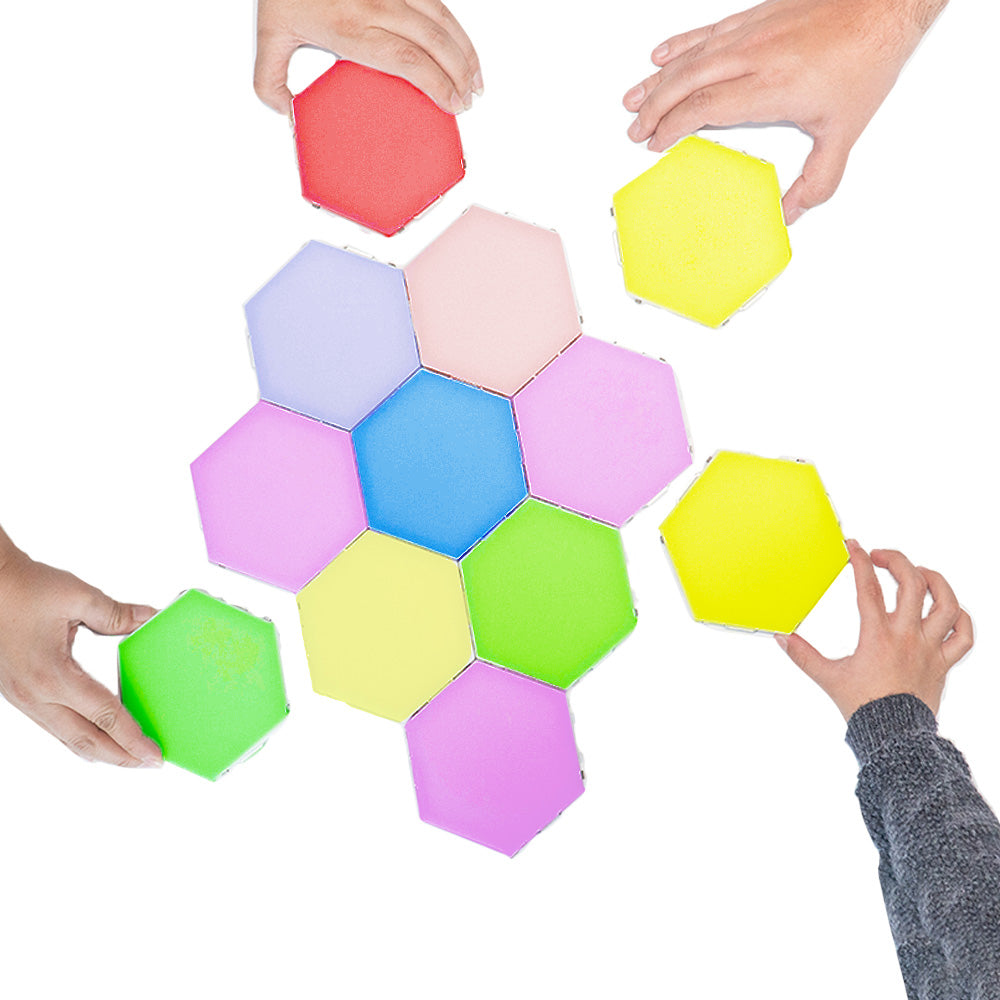
Understanding Autism Spectrum Disorder (ASD)
When it comes to understanding Autism Spectrum Disorder (ASD), early detection can significantly change the course of a child's life. In the quest to help children with ASD, there is a growing interest in the approaches that focus not only on behavioral evaluations but physical manifestations of the condition as well.
In a study highlighting the importance of gait analysis, researchers turned their attention to how children with ASD walk compared to their typically developing (TD) peers. They found that measuring deviations in gait might provide valuable insights, reinforcing the concept that every small step, both figuratively and literally, brings us closer to understanding this complex condition.
At Bright Autism, we believe that by recognizing early signs and understanding the nuances of ASD, we can empower parents and caregivers to take those 'one more little step' towards supporting their child effectively.
Data Collection and Participant Insights
The study conducted in Kanpur, India, included 32 children with ASD who had a mean age of approximately 6 years, as well as 29 typically developing children averaging nearly 5 years. The differences in their adaptive skills were significant, with ASD participants showing a lower mean score on standardized assessments.
Prior to the start of the study, screening questionnaires ensured that participants did not present complications from known neurological or genetic disorders, thereby focusing purely on the nuances of ASD. The protocols were ethically reviewed and agreed upon, underlining the importance placed on child welfare in such research.
This tight-knit group allowed researchers to focus on the gait patterns of children with ASD, aiming to draw connections between physical movement and developmental observations. Understanding how gait characteristics vary helps demonstrate the broader spectrum of challenges these children face.
The Role of Gait Analysis in Autism Detection
The analysis of gait involves more than just observing movement—it encompasses an intricate examination of biomechanics. Researchers utilized sophisticated video capture technology to assess gait in a controlled environment, ensuring reliable data collection while minimizing potential external stressors for the children.
The findings from this study emphasized that gait deviations are common in children with ASD, raising intriguing questions about how these deviations might correlate with other symptoms of autism. By integrating gait analysis into the diagnostic process, we can potentially allow parents to recognize earlier signs and take decisive action.
By incorporating these observations into broader examinations, parents can establish an initial framework for their child's needs and capabilities, aligning with our mission at Bright Autism to cherish every child's genius hidden within.
Adaptive Measures and Supportive Environments
Understanding the implications of gait deviations is a crucial piece of the puzzle when forming a supportive environment for children with ASD. These insights can directly influence therapeutic strategies, providing parents and caregivers with tools for empowerment.
Adaptive behavior scales and assessment tools have long been a mainstay in evaluating developmental progress. Implementing these alongside physical assessments can yield a holistic view of a child’s abilities and hurdles. As advocates of a supportive and inclusive atmosphere, we at Bright Autism are dedicated to arming parents with innovative resources to create nurturing spaces.
Every small victory counts, and even minor adjustments at home can create a world of difference. Simple strategies to enhance daily living skills can foster independence and self-esteem in children with ASD, allowing them to thrive in both physical and social environments.
Incorporating Technology in Understanding and Support
The integration of technology into developmental assessments has only begun to scratch the surface of its potential. In this study, innovative tools like video recording became essential for capturing the nuances of gait. This combined approach of modern technology and traditional evaluation techniques offers parents a clearer understanding of their child's developmental trajectory.
As machine learning continues to evolve, there's potential for future assessments to become increasingly sophisticated, accurately capturing the subtleties that define each child's individuality. This promises a more custom-tailored approach to each child’s journey.
At Bright Autism, we are continually exploring how technology can enhance the learning experiences of children on the spectrum, assisting families in discovering customized solutions that resonate with their child’s needs.
Empowering Parents Every Step of the Way
Your active participation as a parent can catalyze change. Early intervention and support play pivotal roles in helping navigate the unique challenges faced by children with ASD. Each minor adjustment and every moment spent understanding your child’s world adds up.
As we explore findings from studies like these, we realize that knowledge is power. By recognizing early signs, leveraging adaptive strategies, and employing innovative tools, parents can travel alongside their child as they progress through every stage of development.
At Bright Autism, we share this information to encourage and uplift families supporting children with autism. The collaborative journey we embark on is essential in fostering an empowered community that is informed and ready to support each child’s evolving path.
The Endless Possibilities of Progress
Understanding the complexities surrounding ASD goes beyond mere observation; it demands empathy, patience, and an unwavering belief in progress. By drawing from insights gained through gait analysis and adaptive behavior assessments, we can forge pathways that enhance the quality of life for our children.
Every 'one small step' you take as caregiver or parent is vital in making strides toward broader goals—these efforts accumulate, leading to significant progress. With unwavering support and innovative resources, families facing the challenges of autism can create an environment ripe for growth and achievement.
Let us rejoice in the artistry of each child's journey, champion the advances in research, and continue to advocate for robust support systems for our loved ones. Together, we can unveil the beauty of individuality and support each child's innate abilities.










Leave a comment